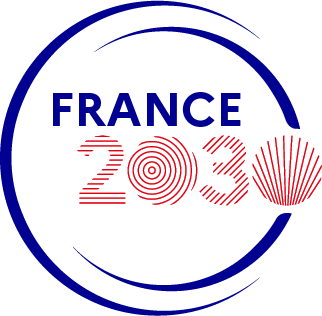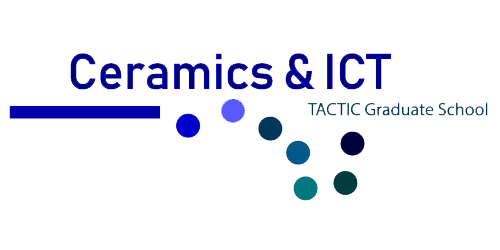- FR
- EN
Vous êtes ici
séminaires : Séminaire Nancy Hitschfeld Kahler (Département d'informatique de l'université du Chili)
L'équipe SIR (Synthèse d’Images Réalistes) (Axe ASALI) vous invite à participer au séminaire de Nancy Hitschfeld Kahler, Professeure au département d'informatique de l'université du Chili, intitulé "Polygonal and Polyhedral Meshing in Computational Science and Engineering", le jeudi 13 octobre à 15h00 en salle de conférence XLIM.
Résumé du séminaire :
Meshes based on triangles and quadrangles are common in simulations using Finite Element Method (FEM) to solve problems related to heat transfer, fluid dynamics, fracture mechanics, etc. The problem is that elements in FEM need to obey specific quality criteria, such as balanced angles, aspect ratio, etc. To fulfill these criteria, sometimes the insertion of many points and elements is required in order to model a domain, affecting the time needed to run the simulation. New approaches such as the Virtual Element Method (VEM) can use any polygon as basic cells, improving the simulation speed and allowing the use of fewer cells and mesh points than before. In this talk I'm going to review standard polygonal/polyhedral meshing algorithms, then I will introduce new algorithms to generate arbitrary polygonal meshes useful for hydrological modeling and for problems solved using the VEM, and finally I will compare new kind of polygonal meshes with classical meshes based on Voronoi diagrams.
Biographie :
Nancy Hitschfeld received her MSc degree in Computer Science from the University of Chile in 1987. She received a PhD in Applied Sciences (Technischen Wissenschaften) from the Swiss Federal Institute of Technology (ETH-Zurich) in 1993, working on 3D mixed element meshes for the simulation of semiconductor devices. She is currently a full professor at the Computer Science Department (DCC) of the Faculty of Physical and Mathematical Sciences at the University of Chile. Her main research interests include geometric modeling, polygonal and polyhedral meshes and parallel algorithms (GPU computing), for problem-solving in computational science and engineering applications.











 UMR CNRS n°7252
UMR CNRS n°7252